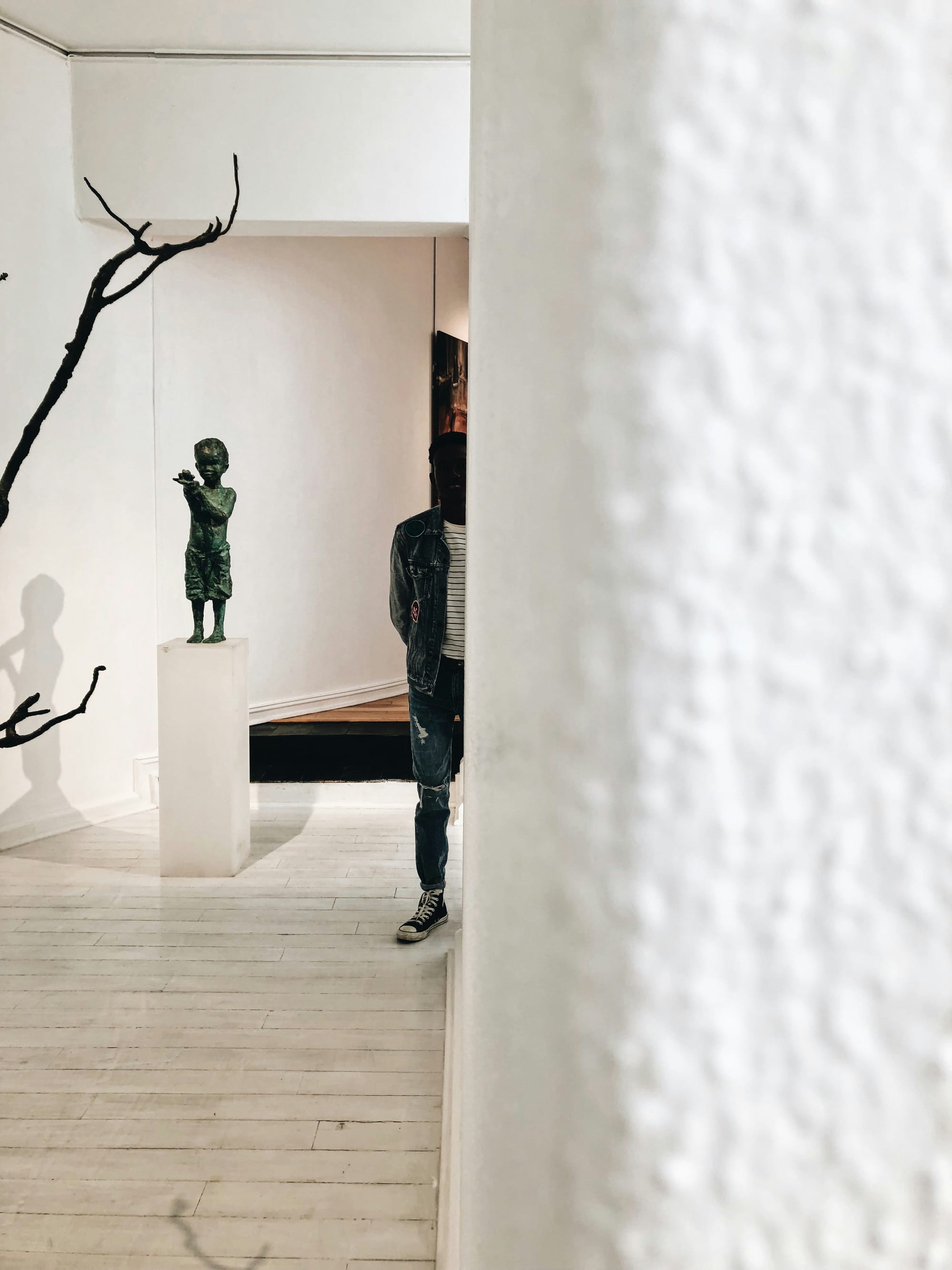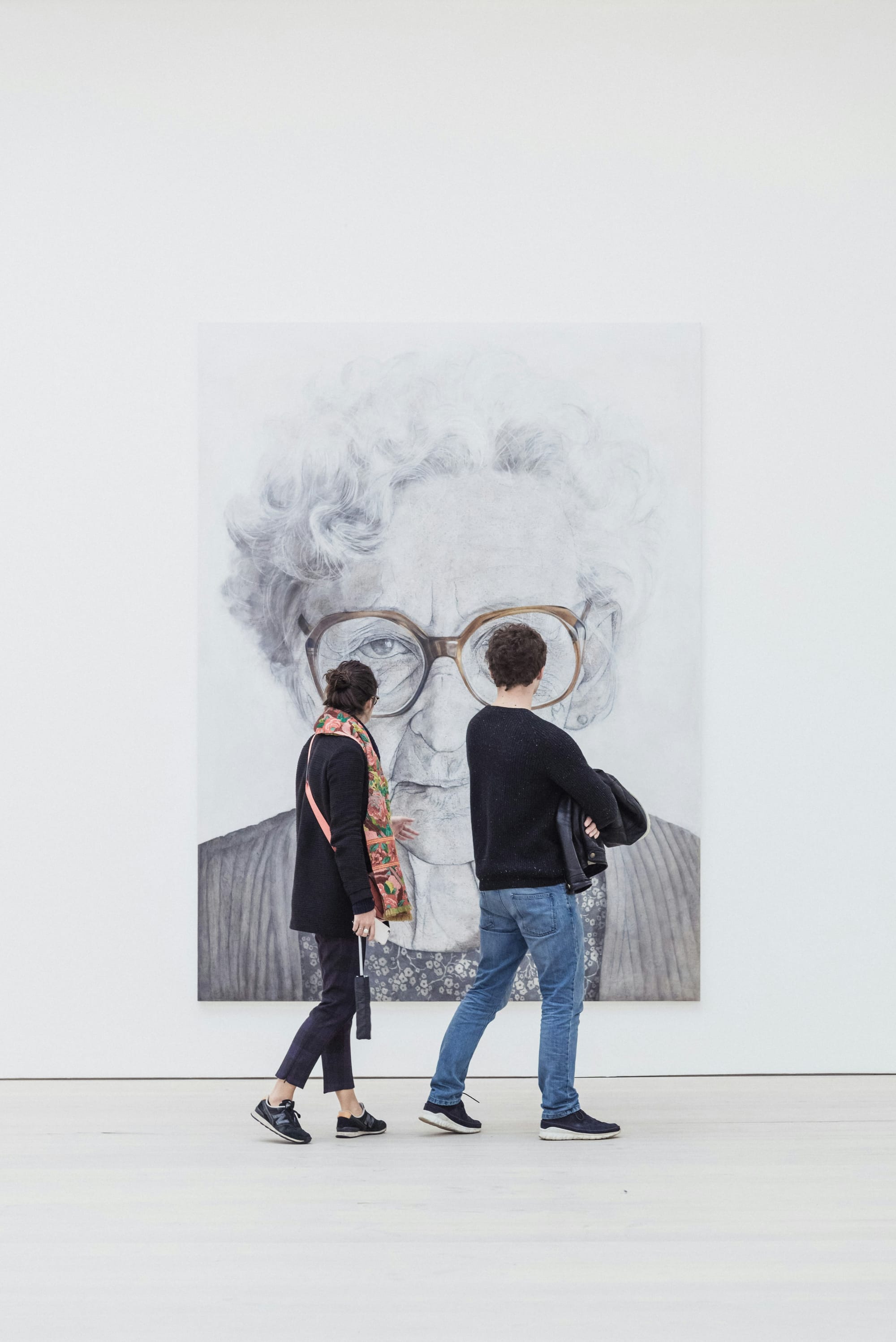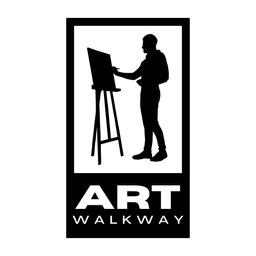Who Are Artists Really Creating For? Audience Expectations in Contemporary Art
Art audiences—from collectors to activists to social media followers—bring unique expectations that influence how and what artists create.

Audience expectations have transformed from a peripheral consideration to a central challenge, affecting not only what art is produced but also how artists view their role and reach. With audiences now fragmented across various ideological, digital, and social divides, today’s artists face a complex dilemma: How do they address these disparate expectations without compromising their own vision?
Historically, audiences were more homogeneous, often composed of patrons, collectors, or niche enthusiasts who held relatively aligned views on art. But contemporary audiences have diversified. We now see distinctly segmented groups—from the general public to activist communities, art market investors, and social media followers—each bringing their own values, expectations, and even demands to the table. For an artist, this fragmentation means that understanding and choosing one’s audience is no longer just about reach but about identity, purpose, and sustainability in the field.
While some might argue that these diverse audiences create more opportunities for connection, the flip side is that they can impose pressure, sometimes even contradictory expectations, that test the artist’s sense of purpose and voice.
Shifting Expectations Across Different Audiences
The contemporary art audience is no longer satisfied with merely viewing; they expect art to engage, provoke, and, increasingly, to advocate. Social media followers, for example, often favor works that are immediately visually engaging, shareable, and that resonate with popular themes. In contrast, collectors and investors in the art market typically prioritize exclusivity, aesthetic appeal, and financial potential over thematic concerns, shifting the focus from message to market value.
Then there are academics and intellectuals, who often seek art that challenges theoretical norms or pushes conceptual boundaries. This audience values complexity, abstraction, and critical depth over mass appeal. Finally, community-oriented and activist audiences expect art that advocates or mobilizes, seeking relevance and social resonance that can reflect or drive change within specific cultural or social contexts.
For many artists, this diversity is a double-edged sword. Catering to one audience can mean alienating another, which leaves many artists in the uncomfortable position of either diluting their work to reach a broader audience or choosing a niche and potentially limiting their influence.

Digital Platforms: Expanding Reach, Narrowing Depth?
The advent of digital platforms has made reaching a global audience possible but has introduced new forms of constraint. Social media, in particular, influences not only who sees an artist’s work but what kinds of works are likely to be seen at all. Algorithms favor art that is visually striking or immediately engaging, which can, intentionally or not, encourage artists to prioritize aesthetic appeal over deeper thematic exploration. The result is a narrowing of focus, where more challenging or subtle works might struggle to find traction online.
To address this, some artists are intentionally designing separate types of work: high-impact pieces intended for social media circulation and deeper, less visual works for gallery or local exhibition spaces. Others adapt by creating interactive or multimedia pieces that bridge the gap, drawing digital audiences into a more layered experience. However, navigating this balance requires careful strategy, especially as algorithms can change and audience expectations evolve.
Related Stories:


Balancing Local and Global Expectations
With their work accessible to both local and global audiences, artists now face the challenge of maintaining cultural specificity while reaching broader audiences. Local communities may prioritize themes that reflect their particular socio-cultural experiences, expecting art that speaks to their shared realities. On the other hand, a global audience may favor universal themes that transcend specific cultural references, inadvertently encouraging artists to generalize their narratives to fit a wider market.
This dynamic raises critical questions: To what extent should an artist adapt to meet global tastes, and at what cost to the integrity of culturally specific work? For some, the answer lies in a mixed approach. Artists often create separate works that cater to each audience: locally resonant pieces for immediate communities and globally thematic pieces for international platforms. This balancing act not only challenges artists to consider their audience more carefully but also tests their commitment to authenticity over accessibility.

The Creative Costs of Audience-Driven Art
The rise of segmented audiences and their growing influence also raises a complex issue: the risk of self-censorship or strategic dilution. As audiences grow more vocal about their preferences, artists may feel compelled to adjust their work to fit these expectations, potentially compromising their message or vision. For example, an artist with an inherently political perspective may dilute their content to avoid alienating collectors or gallery audiences. Conversely, those invested in community-oriented art may feel pressured to focus exclusively on themes of social justice, despite personal interests that might diverge from these areas.
The resulting effect is a potential homogenization, where art produced within certain audience-driven boundaries may begin to mirror itself, prioritizing resonance with the audience over originality. This creates a critical tension: to what extent does audience influence help connect art to the present moment, and when does it begin to undermine the artist’s autonomy?
Audience Expectations as Both Boundary and Opportunity
In the contemporary art field, audience expectations have evolved from passive reception to active engagement, creating an undeniable influence on artistic production. This shift has prompted artists to recalibrate not only their messaging but their methods, materials, and modes of presentation. Yet, the critical question remains: At what point does responding to an audience’s expectations begin to reshape the art itself, for better or worse?
As the art world continues to grow more interconnected yet fragmented, artists will have to navigate these audience dynamics with care, understanding that their choices today will shape not only their work but also the future direction of contemporary art. In a field where audience expectation and artistic intent are increasingly intertwined, artists are challenged to find a balance that respects both their creative vision and the complex realities of their viewers’ desires.
ART Walkway News






